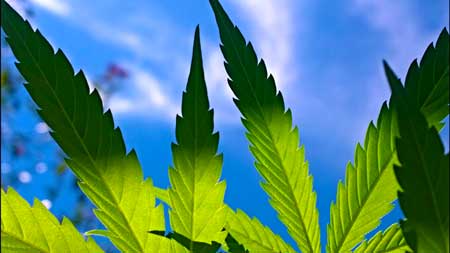G'day, i have been recently switched from DWC to soil as I was having trouble finishing my plants off, mainly with pH levels constantly increasing in the flowering period. Now with soil I have had a bit of trouble getting my babies going, I think overwatering and maybe to much ppfd. I've been reading 2 different theory's on watering and pot selection. one is tall skinny pots to get seedling going and water until soil is fully saturated once the pot "feels light again"
Second is solo cups and only water part of the surface of soil leaving some area dry.
Has anyone done a side by side comparison?
Also does anyone use a spider farmer se7000 and if so what ppfd do you use at each stage??
Thanks for your input
Wayzee
PS love this site and forum, very informative.
Second is solo cups and only water part of the surface of soil leaving some area dry.
Has anyone done a side by side comparison?
Also does anyone use a spider farmer se7000 and if so what ppfd do you use at each stage??
Thanks for your input
Wayzee
PS love this site and forum, very informative.

Comment